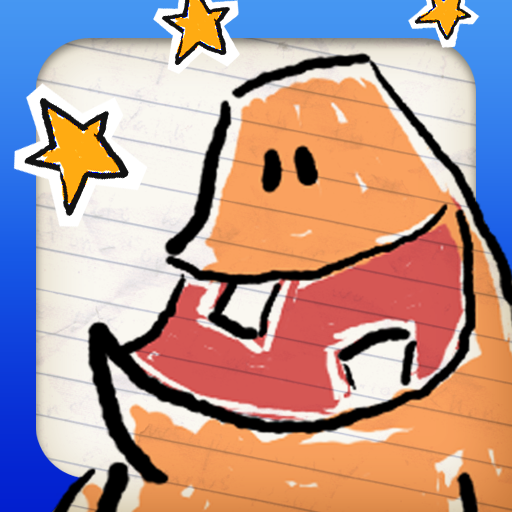Yoku-Gami Review
Yoku-Gami is a game that represents, to me as a parent, everything that is right in the app store, in relation to games for kids. It's a puzzle game that looks and plays like a standard match-3 game but is, in reality, anything but.
It is designed by the great mind of Reiner Knizia, a German board game designer heralded for his simple designs that lead for complex gameplay. Being a fan of his, I jumped on Yoku Gami and it's been a game my daughters and I have enjoyed immensely, and I feel happy in knowing that they're not just playing a mindless game, but instead are really working their brains as they play.
The entire goal of the game is similar to match games, clear the tiles. But how Yoku-Gami works is this: "If the greatest number in the group equals the total of all the other numbers in the group, you have a successful turn". So if you select a 3, 2 and a 5, your 3 and 2 equal 5 and you remove those tiles and get a score. That score is based on how many numbers are in the group and if you create groups of 5 or more numbers, you then get a bonus.
There are 3 different modes. Endless is just that, it continues until you can go no further. In Arcade, your goal is to clear a whole role or column of numbers, the game also ends when you can go no further. In Level Mode you try to clear as many numbers in each grid. You start with 24 levels, and at the end of each level when there are no more turns, you lose as many lives as there are numbers left. You gain lives when you create groups of 4 or more. As long as you have lives, you continue progressing in the game.
I was incredibly surprised with how far my 6 year olds got in the game, but for some reason, they were able to go quite far for their age and math skills. I know they are a bit young for it, and it isn't a game they can play for hours, as the difficulty does continue to ramp up, but they have enjoyed what we do play together quite a bit. As well, a nice touch to make it kid-friendly, is that good old "Yoki" is always there to tap on and get a hint from when needed.
If you have a child that might be struggling with math, or one that loves math and just wants a fun way to put his/her skill to the test, I honestly believe Yoku-Gami is a stellar choice. I'd never want to leave a child in front of any gaming system for hours, but this really is an honest-to-goodness learn-while-playing gaming that does exactly what it sets out to do, and I do not doubt that it will certainly be a help to those kids who struggle with math.
I'd also like to make it clear that it is equally great for parents. As silly as it might sound, I've seen an honest increase in my math skills through playing it, and honestly that's worth the price of entry right there. All-in-all, Yoku-Gami is a hidden gem that I wish more people knew about, and I hope you enjoy it as much as we have.








